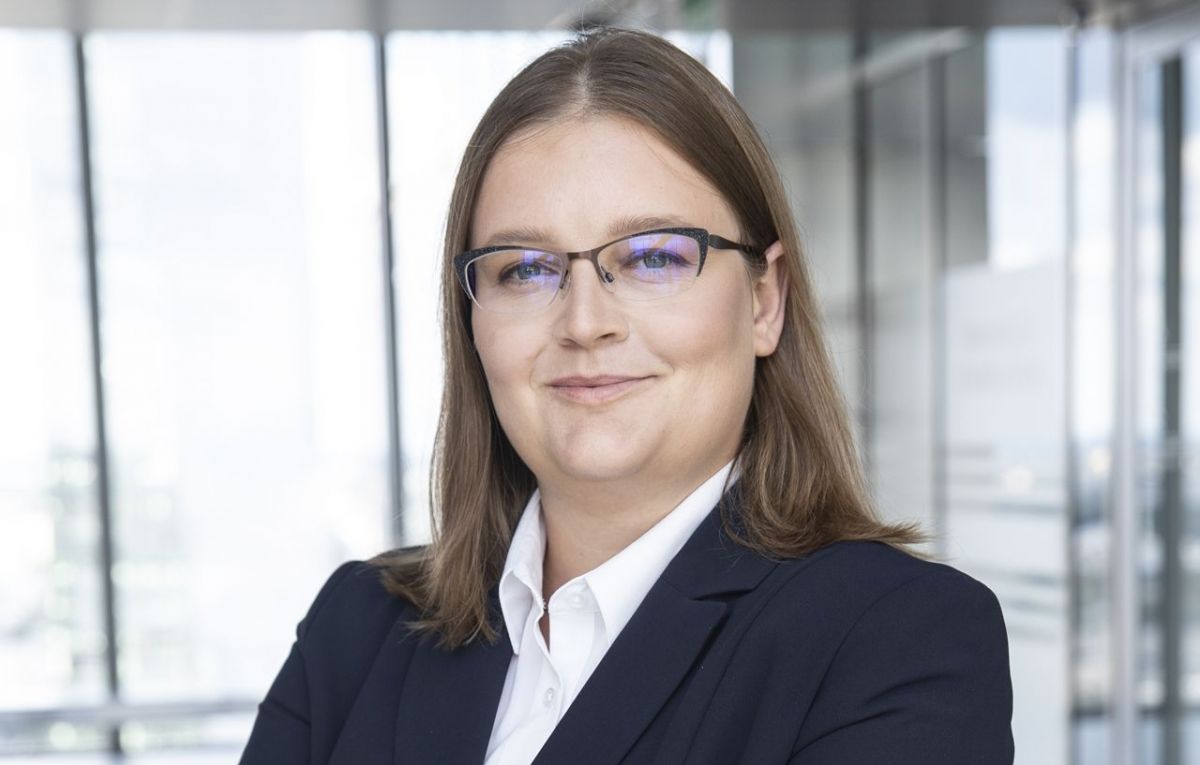Green certificates are now very common on the commercial real estate market. Developers, investors, property managers and tenants have all come to expect them. You simply can’t even consider putting a new office block on the market without BREEAM, LEED or Well certification. When it comes to warehousing and industrial complexes, such certificates are becoming ever more common – and it’s not only the largest players that have adopted ESG standards. A large number of residential developers have also joined this green elite, but unlike their commercial counterparts they’re not under corporate or legal pressure to take on the extra costs of erecting zero-emission buildings, nor are they experiencing huge demand for such product. Has the sector’s approach to green construction changed recently? And, if so, how enthusiastically has it done so?
From the commercial to the residential world
Develia provides one example of a residential developer that ensures i































































